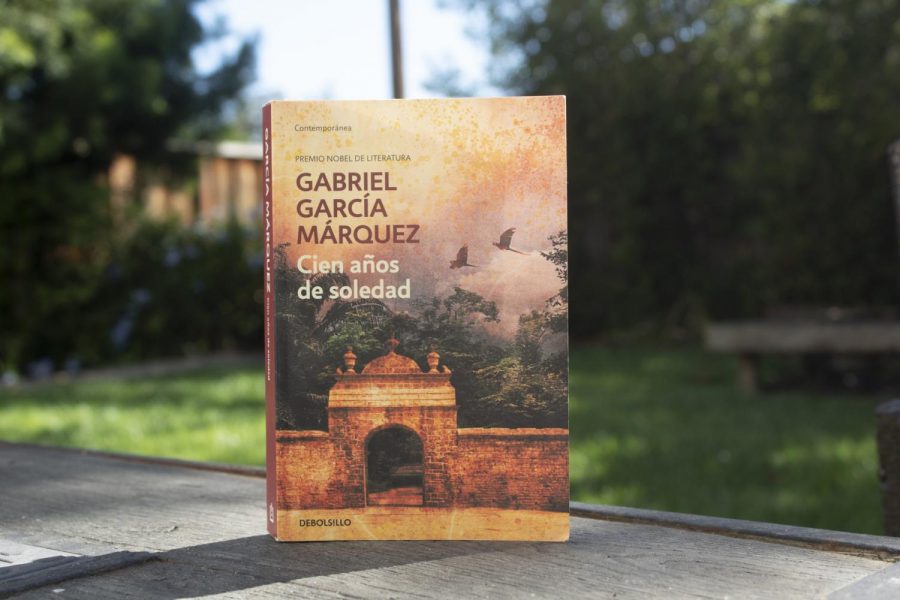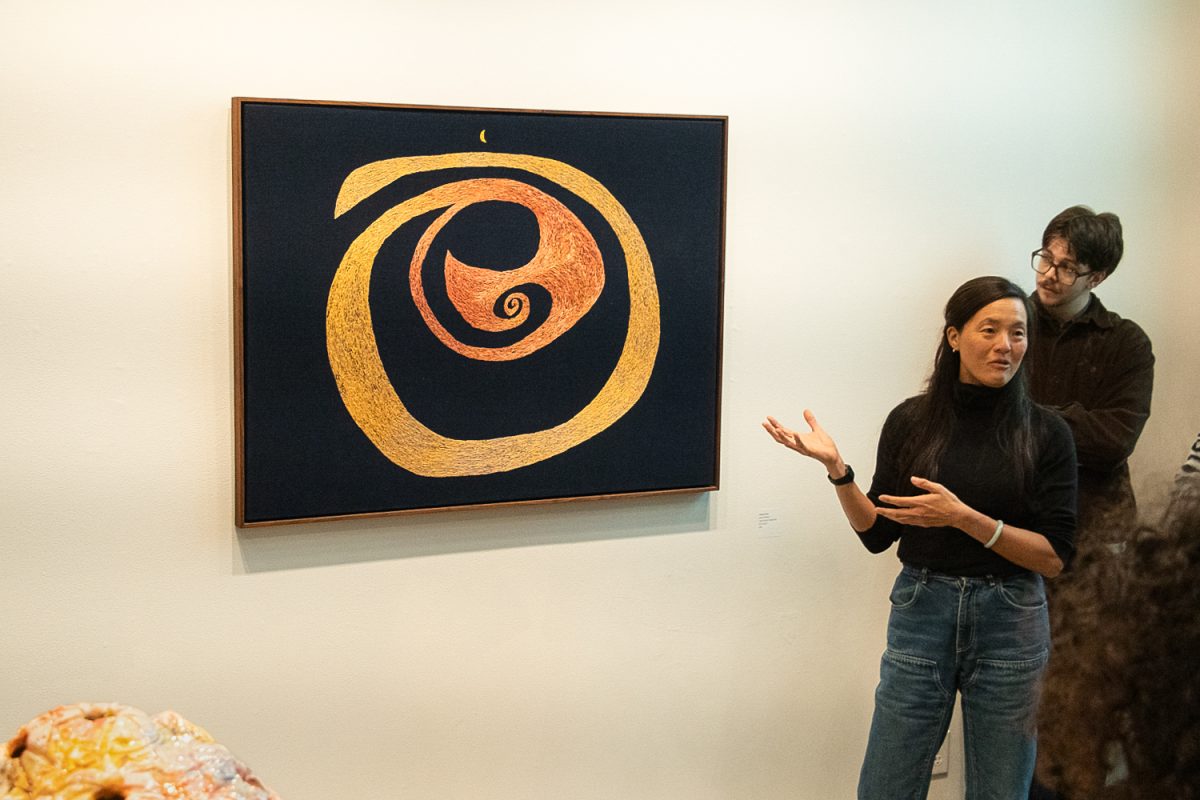Imagine the one book that made you walk, word-for-word, as if you were part of the story.
That one novel that made you feel included by the characters, and become one of them.
For me, that book is One Hundred Years of Solitude, written by Gabriel García Márquez in 1967.
Márquez, also known as Gabo or Gabito, was a Colombian writer and journalist who utilized both of these talents to write his novels.
Using his journalistic style, he was able to criticize surging issues in Latin America through his own unique perspective on social problems.
The novel tells the story of how Macondo was founded, and how the town almost dies in each generation due to the lack of community support and social development.
By making the readers feel part of the story, Gabo forces them to think about their current society.
This is a clear example of how Márquez was able to create a sense of reality, by appealing to the reader’s feelings and combining it with magical and fantastic elements, like Macondo. Márquez mostly focused on poverty, along with other social justice and equity themes.
He was able to get the reader to feel as if they were part of the story through the use of very descriptive and realistic scenes combined with fantasy. This is known as magic realism.
Márquez has been considered the father of magic realism. Since Gabo’s literary start, his novels and many of his works were written using this style.
Other famous Márquez novels include Love in the Time of Cholera and Chronicle of a Death Foretold, but he is mostly known for One Hundred Years of Solitude.
This novel brings the reader on a walk through the imaginative scenes of Macondo, a fictional town created by the writer.
It tells the story of the Buendía family throughout seven generations, representing all the social issues in Latin America that don’t get resolved as the years go by.
Taking a stand on issues like poverty, the rights of farmers, and the rise of the working class,
Márquez is able to indirectly deliver his political views to try to encourage a social change in Latin America.
One Hundred Years of Solitude is the type of book that takes time and a lot of concentration. But also one that makes you get into the words and makes time fly as the pages turn.
Despite the large number of characters to keep track of with several smaller intertwining storylines, it is a great novel to learn about a period of time in Latin America where everything socially descended into poverty.
One Hundred Years of Solitude is the kind of fictional novel that delivers readers a strong message of social reconstruction and justice.















